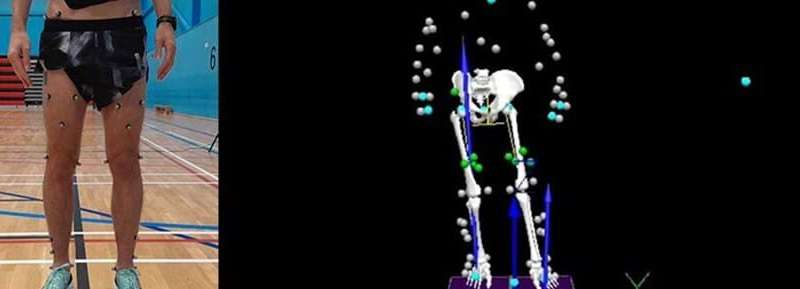I had this in one of the research projects I was involved in 15 years ago. It seems to barely progressed at all since then. ALL BECAUSE STROKE HAS NO LEADERSHIP!
How Hollywood film technology could help stroke patients and injured athletes

Performance capture technology used in Hollywood films could be used to aid treatment and rehabilitation for stroke patients and injured athletes according to researchers.
Dr. Hannah Jarvis and Dr. Phil Nagy from Lancaster Medical School are using the same technology employed to create characters in films like Avatar and for Gollum in the Lord of the Rings.
The technology involves retro-reflective markers placed on the body, which are tracked by infra-red cameras to create a 3D computer model of the skeleton moving on a screen.
These movements are used by film makers to create on-screen characters such as Gollum and the aliens in Avatar.
Markers are attached to specific points of the body such as the ankles and knees using a detailed knowledge of anatomy, with the movements recorded on video.
Now the Lancaster University team are using the same technology to research movement and motion in order to improve treatment and rehabilitation.
They are currently working with North West stroke charities Speakeasy and Think Ahead and are also seeking commercial partners to develop a medical device.
Dr. Jarvis has already used the technology to help amputees from the conflict in Afghanistan where she was the first researcher to publish biomechanical data on this group of veterans.
She is now investigating using the same technology for stroke patients and the elderly.
"This can be used to build a lower limb model of a stroke survivor, where we can measure the physiological cost of walking in terms of how much effort is needed to walk. We will be able to measure the joint angle and the force on various joints as we watch the model walking on the screen. This can be used to design rehabilitation for the patient."
"Also a lot of elderly people have falls and have trouble getting up so tracking their movements will enable us to collect data on muscle activity and create a biomedical profile which can inform rehabilitation."
Dr. Phil Nagy is from Sports and Exercise Science at Lancaster Medical School, where he has been researching the movements of ballet dancers, who perform an average of 200 jumps in an average routine.
"Most jumps involve landing on one leg which takes four times the bodyweight of the dancer. I'm interested in how we can protect the dancers from injury and this also applies to footballers, cricketers and other athletes."
The aim is to enable this technology to be used at home where stairs and rugs would make the movement tracking as realistic as possible.
Provided by Lancaster University
No comments:
Post a Comment